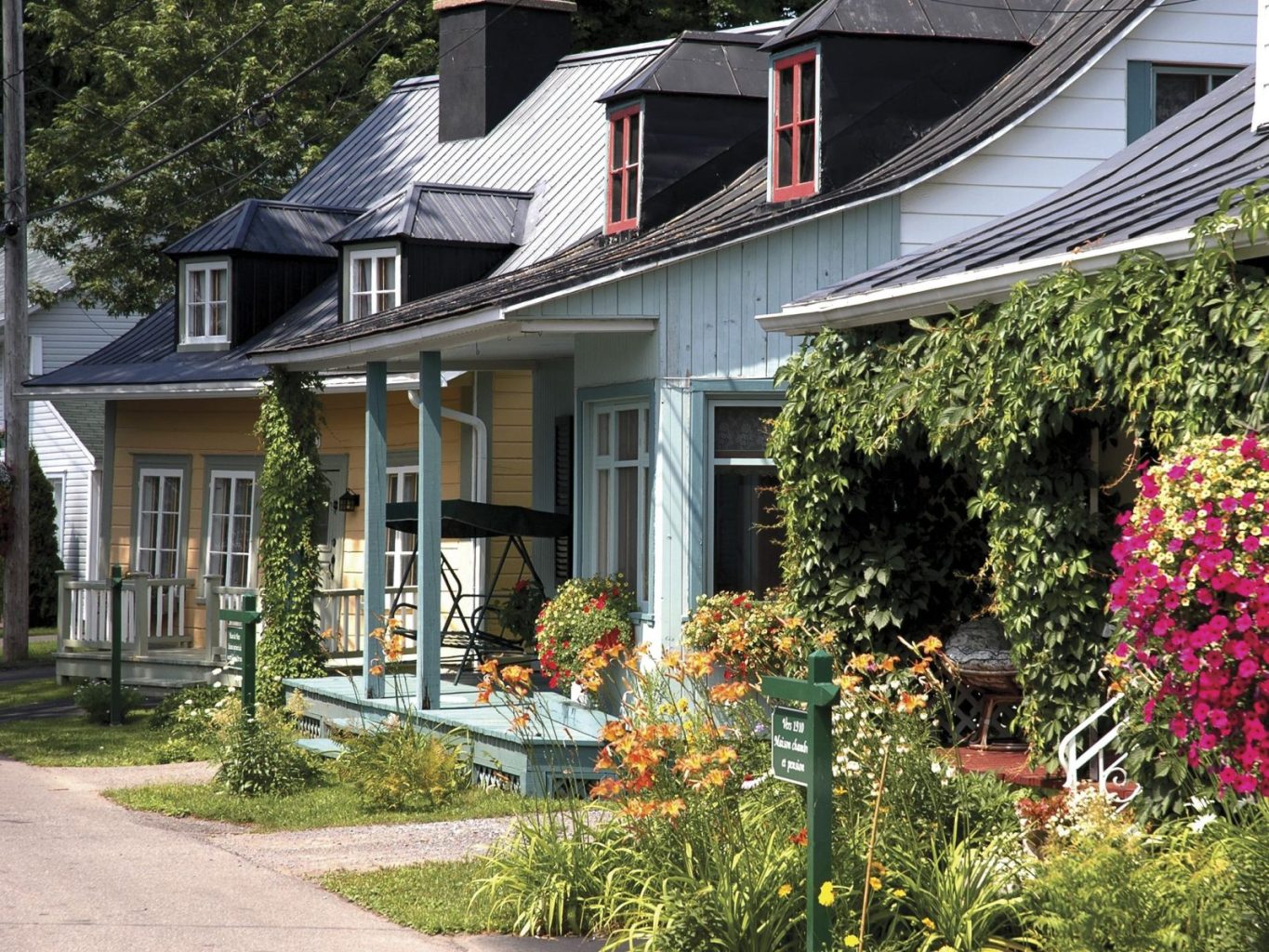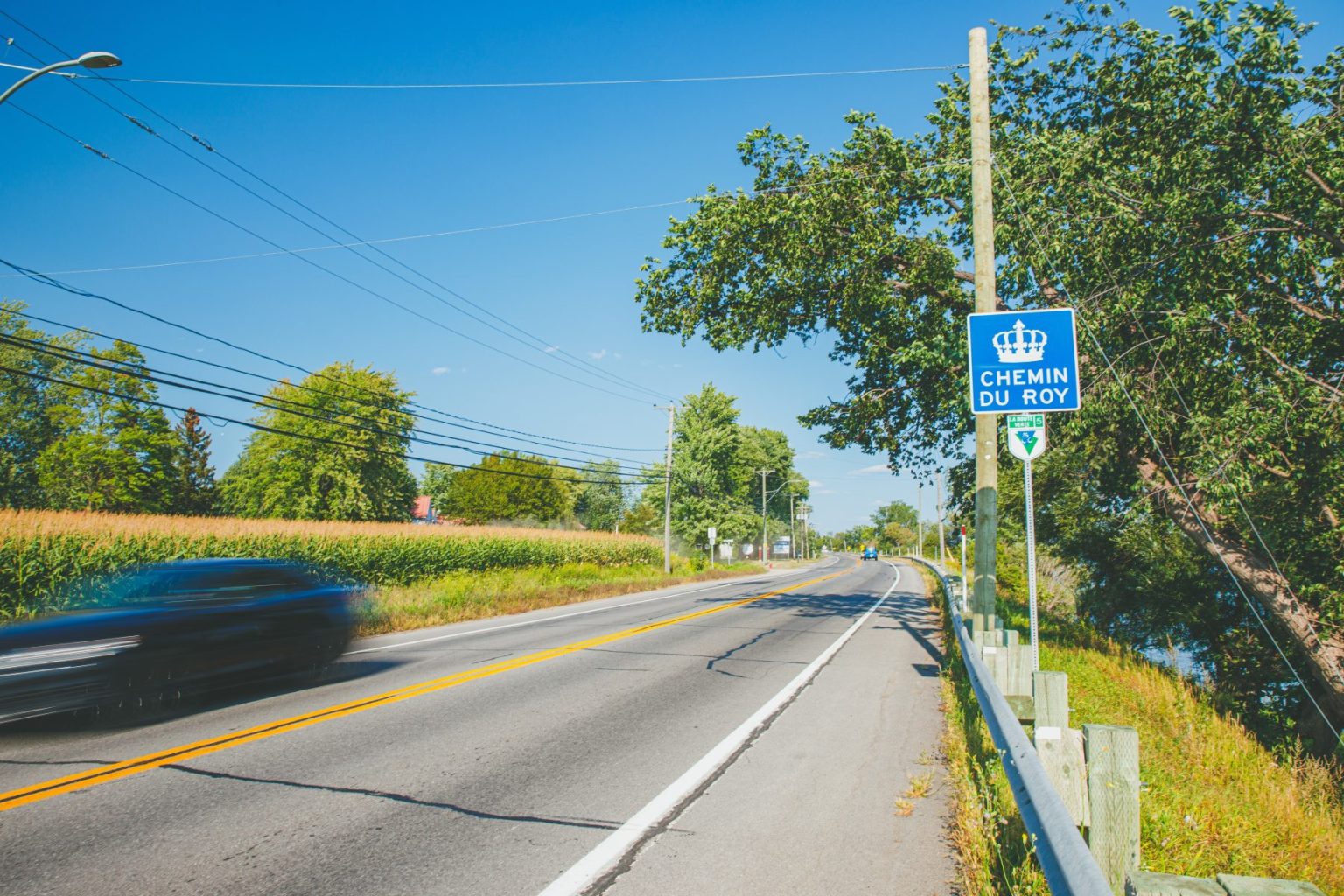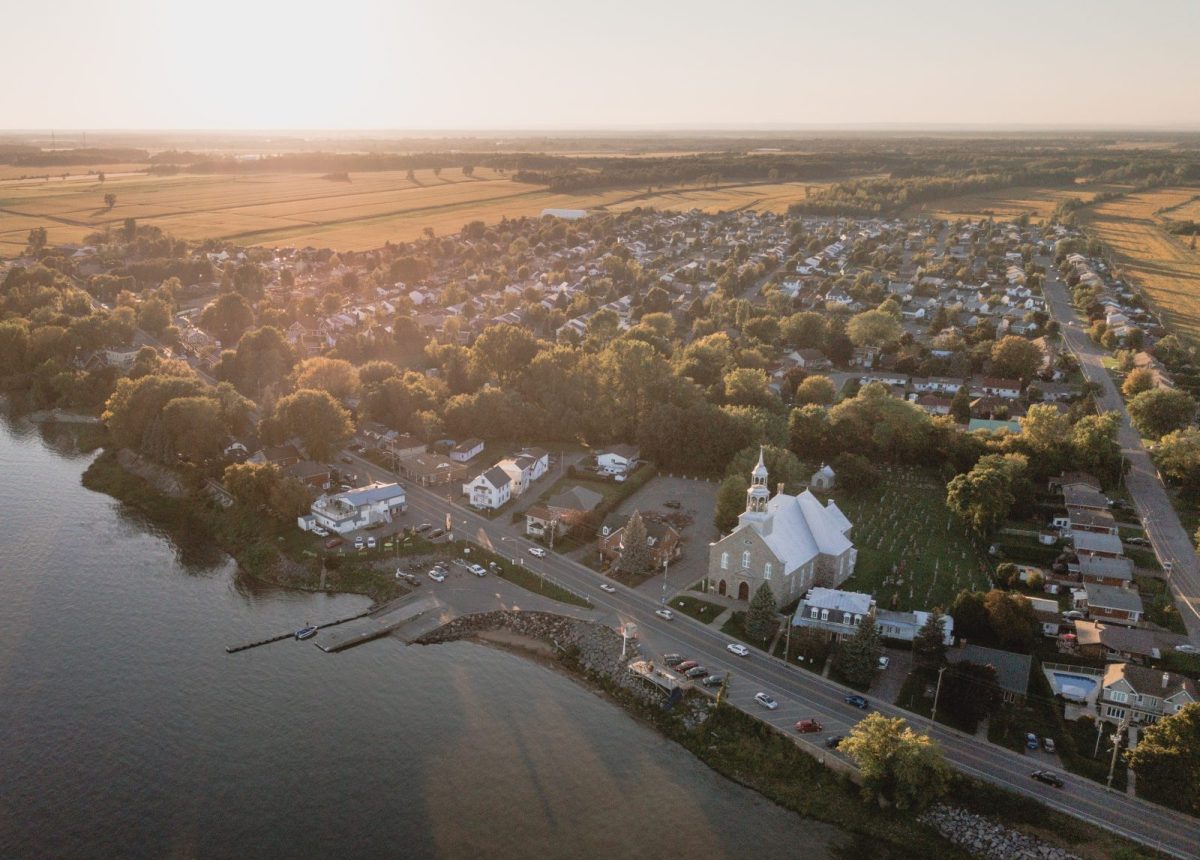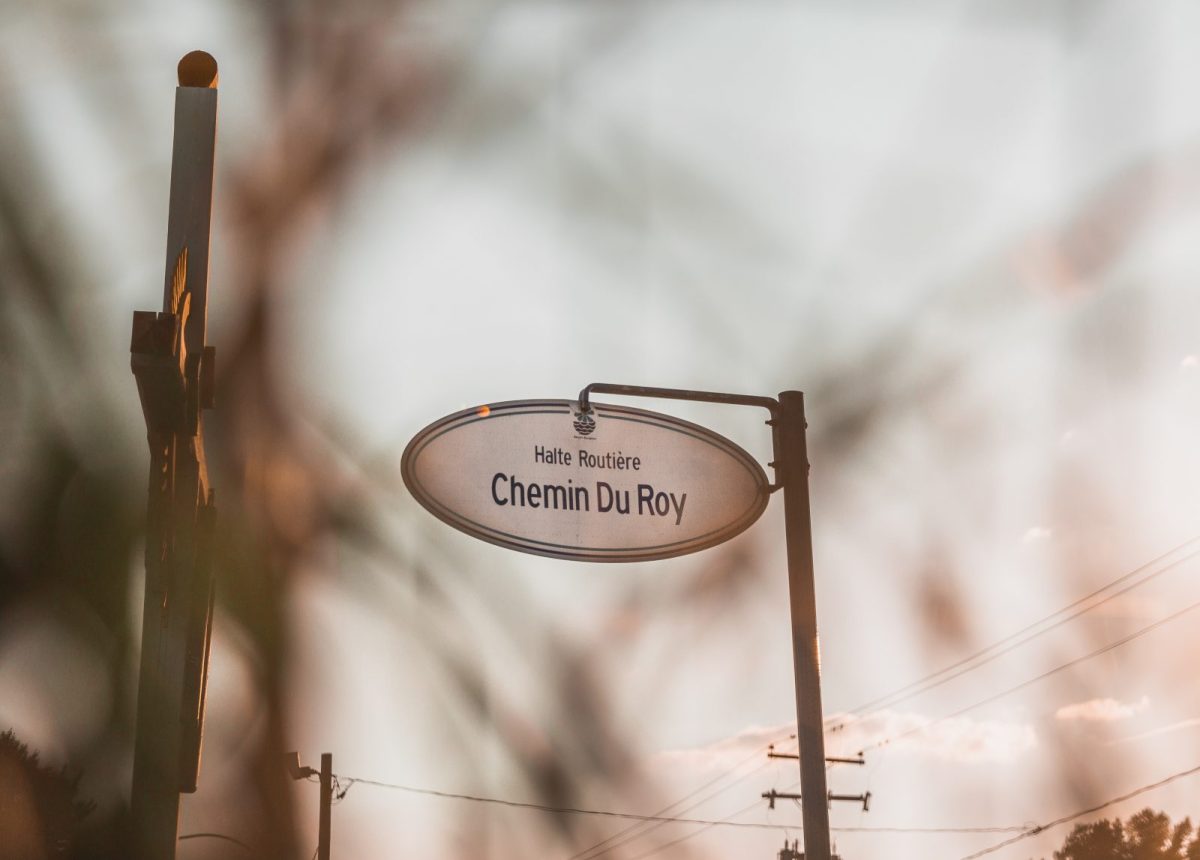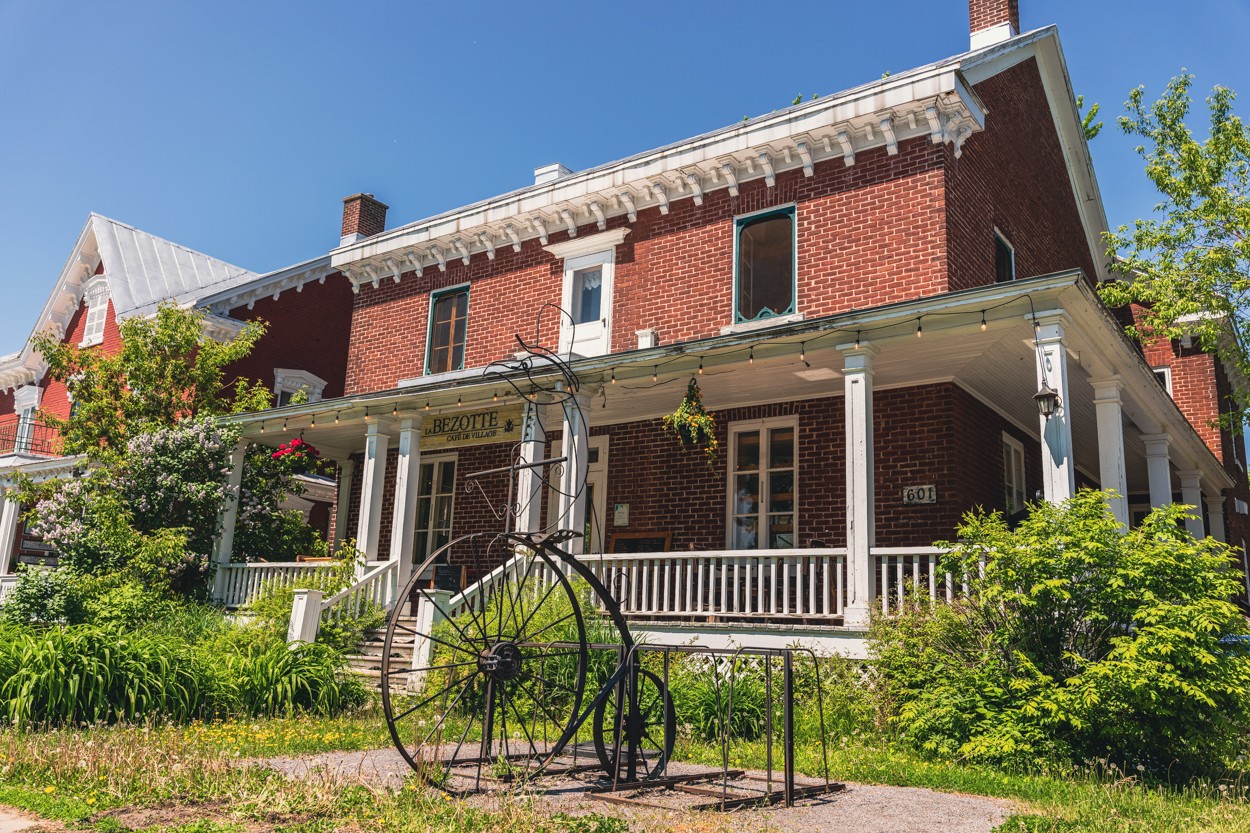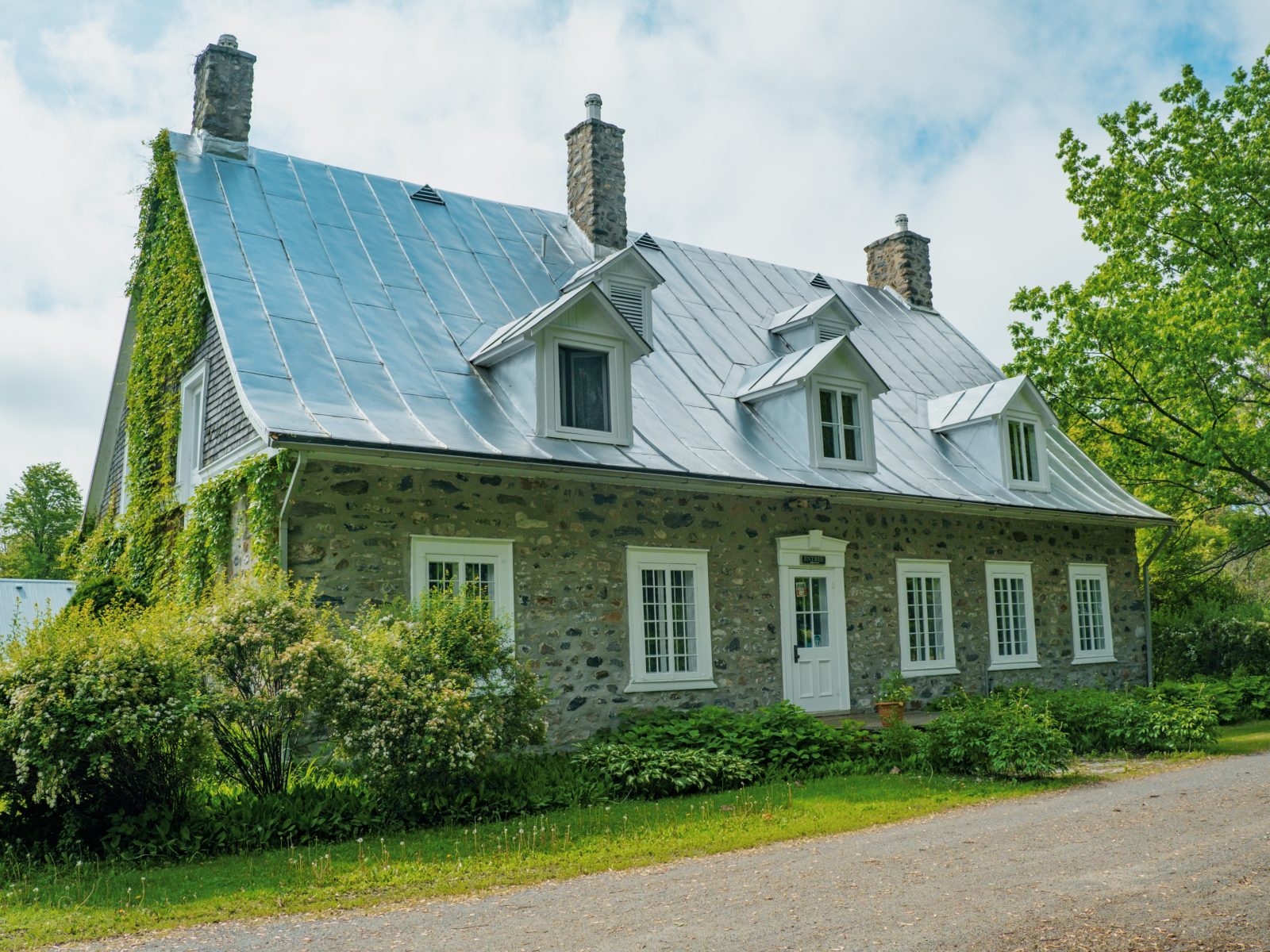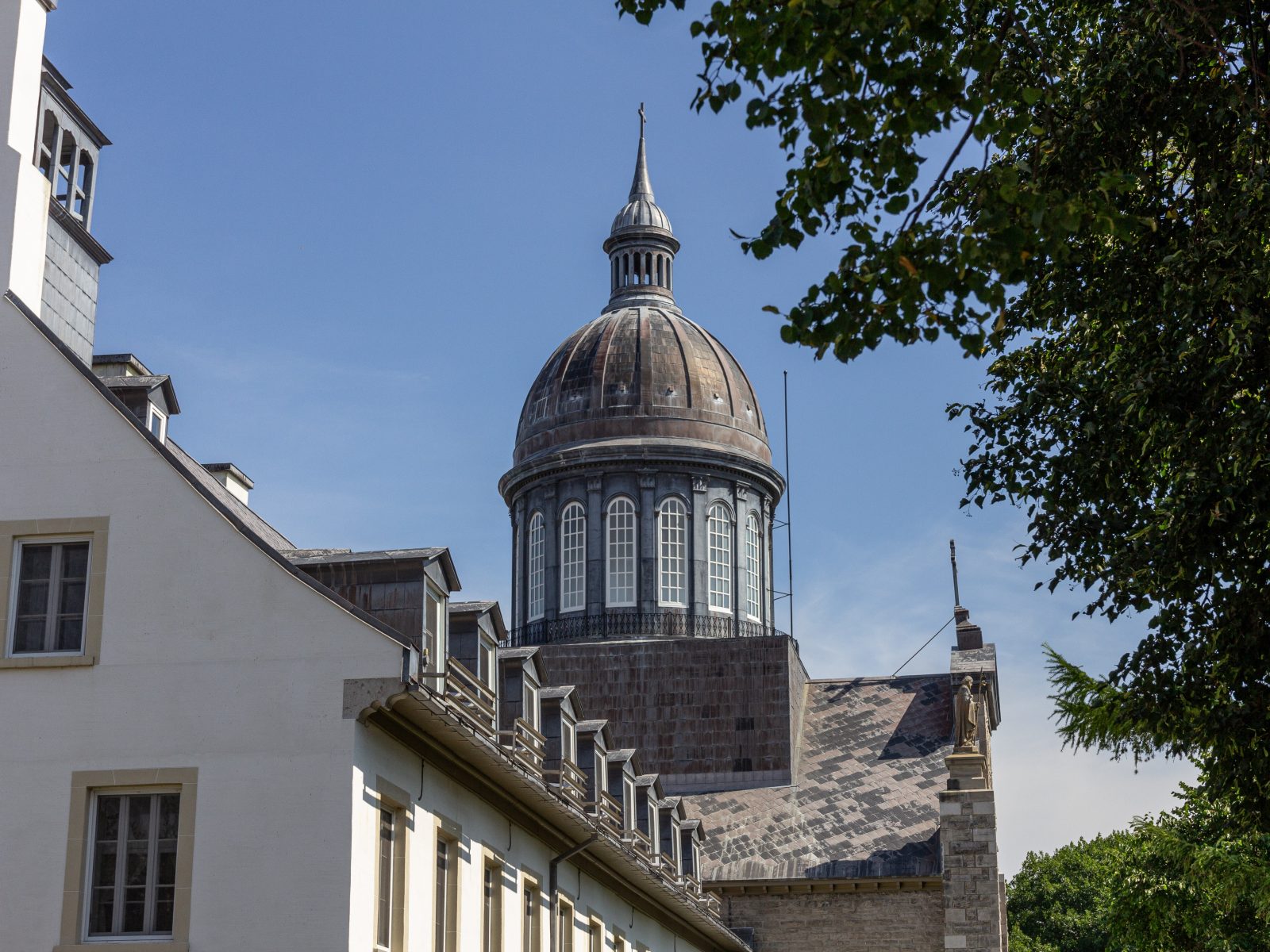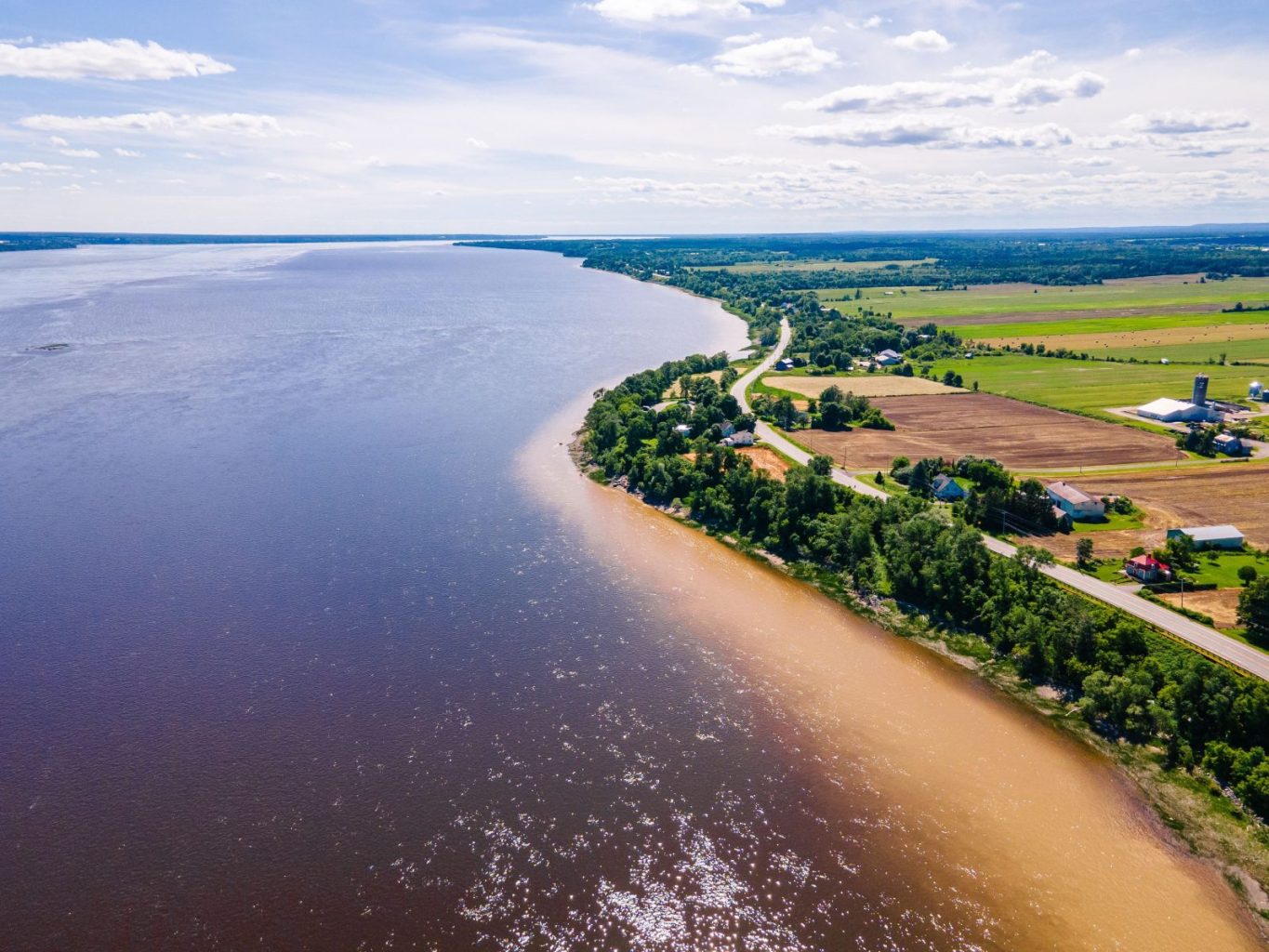4 to 6 Days from Quebec City to Montreal
Before the King’s Road, only 14 of the 37 seigneuries between Quebec City and Montreal had usable road sections and no routes connected the estates to each other. By 1735, all seigneuries finally had their own road segments. The following two years were dedicated to building bridges and ferries, which were essential to ensuring the road’s continuity.
Historian Roland Sanfaçon highlighted the scale of the work achieved: in just seven years, the corvée system made it possible to build the first royal road between Quebec City and Montreal. This challenge was met despite harsh conditions and limited infrastructure.
In the 1730s, the Chemin du Roy became the longest developed road north of the Rio Grande. By comparison, the United States would not have an equivalent until 1806, with the National Road linking Maryland to Ohio.
